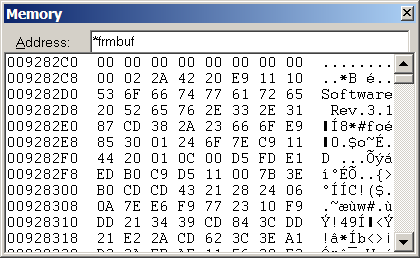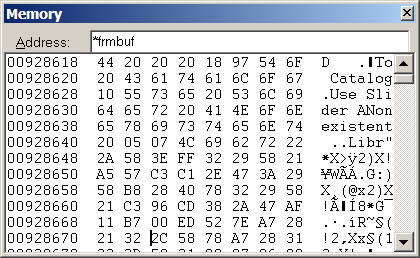E-MU Systems Emulator II disk format uncovered
2010-10-10
About 26 years after the debut of the most popular sampler of the 1980s Softpres specialist István Fábián uncovers the details of the disk format used by the Emulator II. Used by artists and bands like Jean-Michel Jarre, Depeche Mode, Pet Shop Boys, Vangelis and Enigma, the very distinct sound of the machine became a common ingredient for many hit singles until the early 90s. One major reason for the unique character of the Emulator II was the compander mechanism used to overcome the quantization artifacts introduced by sampling in 8 bits depth only.
Now, for the first time ever, and with the help of KryoFlux, it is possible to fully ingest and preserve the data present on disks written with this very unique device. The disk format produced by the Emulator II OS is completely - and possibly deliberately - incompatible with any other known standard disk controller hardware at various levels, including bitcell width, marks, gaps, data and CRC encoding. As such, generic PC floppy disk controllers can’t read or write Emulator II disks at all.
To study the format generated by the machine, Softpres’ custom USB floppy controller KryoFlux and a standard 5.25” HD disk drive were used to create high definition stream files which were then further inspected with additional software tools developed by Softpres and by reverse-engineering and fully documenting the system ROM of the sampler device. Because of this, it’s not only possible to ingest disks, but also verify their contents and make sure that data stored is valid free of errors. This even works for data stored with third-party 3.5“ disk drives.
KryoFlux stream files hold all the necessary flux transition information present on a disk’s surface to completely archive the original content if required and can always be used to verify the integrity of an Emulator II disk dumped, or re-create a sector dump. Now musicians and producers get a chance to recover their data directly from their disks and regain access to their unique sounds, made two decades ago.
The disk format used by Emu II is not flexible, variable or protected; storing a sector dump is enough to reproduce a fully working Emulator II disk - as long as the sector dump is known to contain only sectors reported by KryoFlux as good. Alternatively, original disks can be stored and preserved using a Softpres IPF. Integrity checks and the separation of content and context make sure that disks preserved this way are bit for bit as good as the physical original they were created from.
More details on the format itself will be available here. KryoFlux will soon be available from the KryoFlux webstore, for further information see: http://www.kryoflux.com. More information on the Emulator II is available here: http://en.wikipedia.org/wiki/E-mu_Emulator
![[logo]](/lib/tpl/sps/layout/header-logo.png)
![[motto]](/lib/tpl/sps/layout/header-motto.png)


